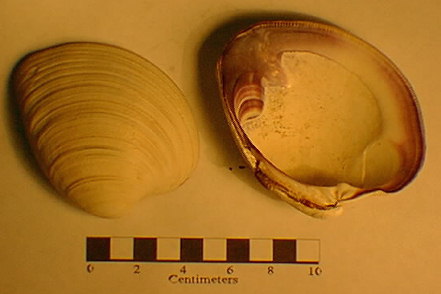
Northern Quahog: Mercenaria mercenaria Also called "cherrystone" and "littleneck clams" on restaurant menus.
This web page shows images of shells collected from Breezy Point Beach (Queens, New York) and Sandy Hook (Monmouth County, New Jersey). This image library is a companion to the seashore creatures web page.
Although many species represented are common, they may not be "equally distributed" in space and time. For instance, certain shells may be plentiful on the beach after strong storms import material from far off shore. Some species are found only after a mating-, or a seasonal life- cycle. Each organism has a limited habitat, tolerating a variable range of environmental conditions. Limiting ecological factors include:
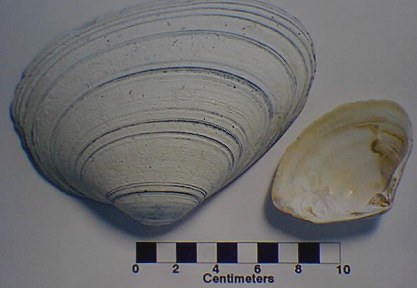

Northern Quahog: Mercenaria mercenaria
Also called "cherrystone" and "littleneck clams" on
restaurant menus.
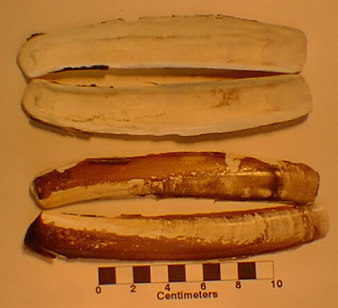
Atlantic Jackknife Clam: Ensis directus.
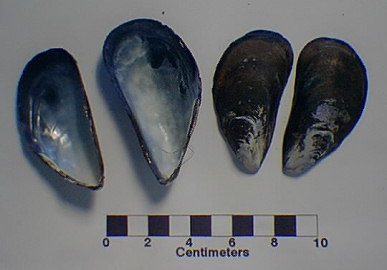
Blue Mussel: Mytilus edulis.
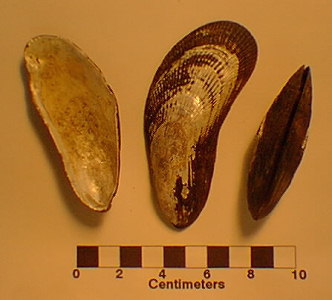
Atlantic Ribbed Mussel: Geukensia demissa.
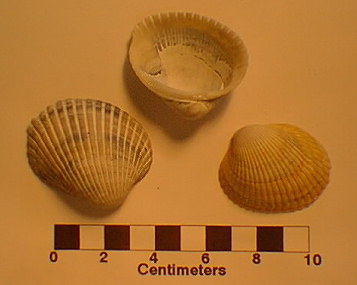
Altlantic Cockle Shell: Americardia media.
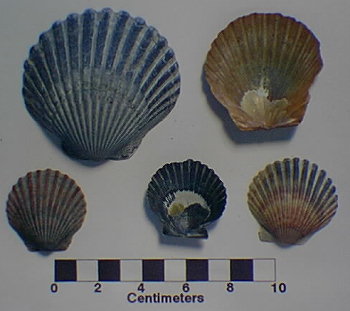
Atlantic Bay Scallop: Argopecten irradians (Lamarck).
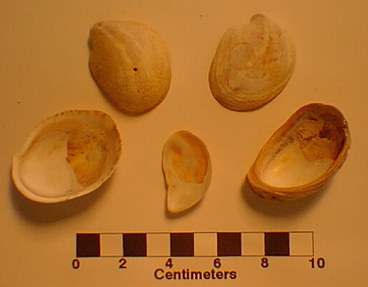
Atlantic Slipper Shell: Crepedula fornicata.
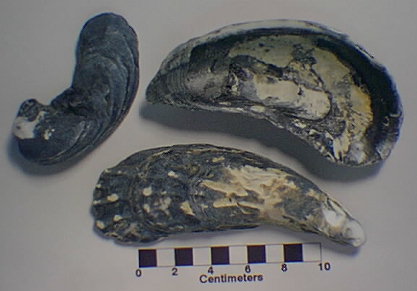
Easter Oyster: Crassostrea virginica.
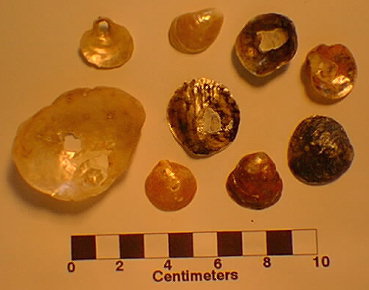
Common Jingle Shell: Anomia simplex.
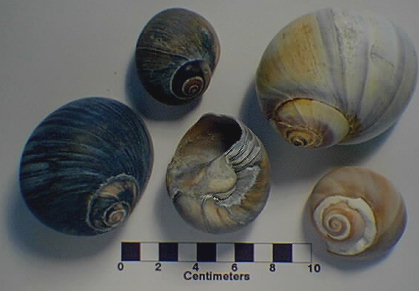
Common Northern Moon Shell: Lunatia heros.
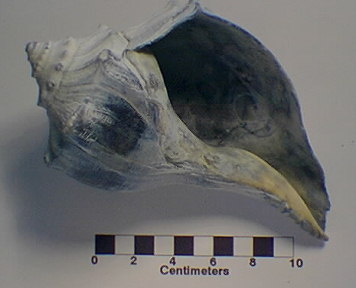
Knobbed Whelk: Busycon carica.
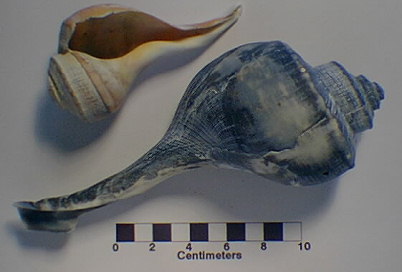
Channeled Whelk: Busycon canaliculatum.
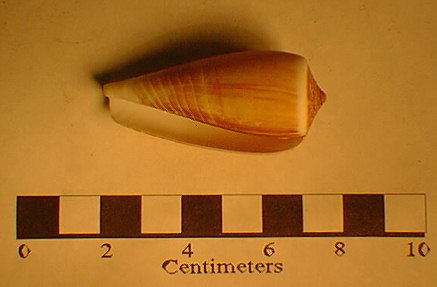
Cone Shell: Conus daucus. (A rare specimen from Bight
waters. Its normal habitat is in Caribbean waters; this specimen
may actually be prehistoric.)
Pollution in the New York Bight is an extremely significant
problem. During the
early 1980s much of the New York Bight was practically sterile
due to oxygen
depletion. Nutrients from sewage and industrial wastes cause
algal and bacterial
"blooms." Upon dying these microbiotic organisms sink and decay
causing bottom
waters to become anoxic.
Toxins accumulate in tissue and become concentrated as creatures are eaten. Each species has its own tolerance to environmental toxins. Some shellfish can harbor toxin levels high enough to cause serious illness in the humans who comsume them (or worse!). The good news is that great progress has been made to clean up area waters. It should be heavily emphasized that the economic costs of cleaning up environmental hazards far outweigh the short-term economic benefits to individuals profitting from unrestricted release of polluting materials. Additionally, almost all chemical products used in our homes, restaurants, schools, and businesses eventually end up being released into the environment. The care of the environment is everone's responsibility, especially considering that tens of millions of people live in the New York Bight region!
 Return to the
New York
Bight Home Page
Return to the
New York
Bight Home Page
Phil Stoffer and
Paula Messina
CUNY, Earth & Environmental Science, Ph.D. Program
Hunter College, Department of Geography
Brooklyn College, Department of Geology
In cooperation with
Gateway National Recreational Area
U.S. National Park Service
Copyright September, 1996
(All rights reserved; use as an educational resource
encouraged.)>